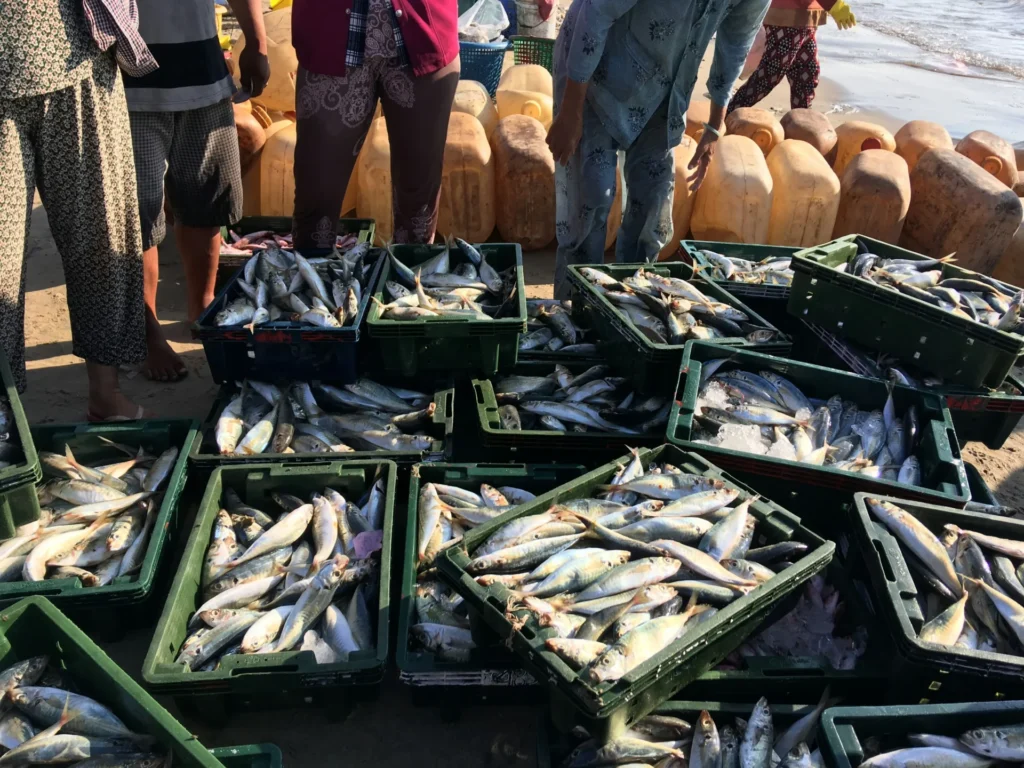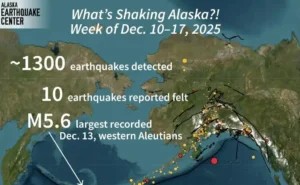Alaska’s seafood industry is gearing up for a stronger season as biologists forecast a sharp rise in commercial salmon harvests. The 2025 Alaska commercial salmon harvest projection includes an expected haul of 214.6 million fish, more than double last year’s total.
The Alaska Department of Fish and Game forecast credits the rebound largely to more substantial pink salmon returns this summer. Pink salmon, the most abundant yet least valuable species, are expected to harvest nearly 100 million fish by 2024.
These pink salmon follow a predictable pattern with odd-numbered years typically yielding more substantial returns due to their two-year life cycle. Biologists also predict significant gains in other salmon species, including sockeye, coho, and chum, compared to last year’s dismal numbers.
The 2025 forecast estimates an additional 10.8 million sockeye, 544,000 coho, and 876,000 chum salmon entering the commercial harvest statewide. However, Chinook salmon numbers continue to decline, with the harvest projection dropping from 244,000 last year to only 144,000.
State and international treaty restrictions have sharply limited Chinook fishing opportunities, especially outside Southeast Alaska’s directed king salmon fishery. Outside Southeast, any Chinook caught will likely be incidental, snagged during netting operations targeting more abundant salmon species.
Despite Chinook challenges, fish size across most species is expected to increase, especially among sockeye returning from Bristol Bay. Last year’s sockeye averaged just 4.53 pounds, the smallest on record due to a majority returning after only two years.
This year, 63% of sockeye are expected to return after three ocean years, producing larger, more valuable fish for harvesters. Still, Bowers cautioned that market demand could shape actual harvest outcomes, not just biological projections or escapement calculations.












